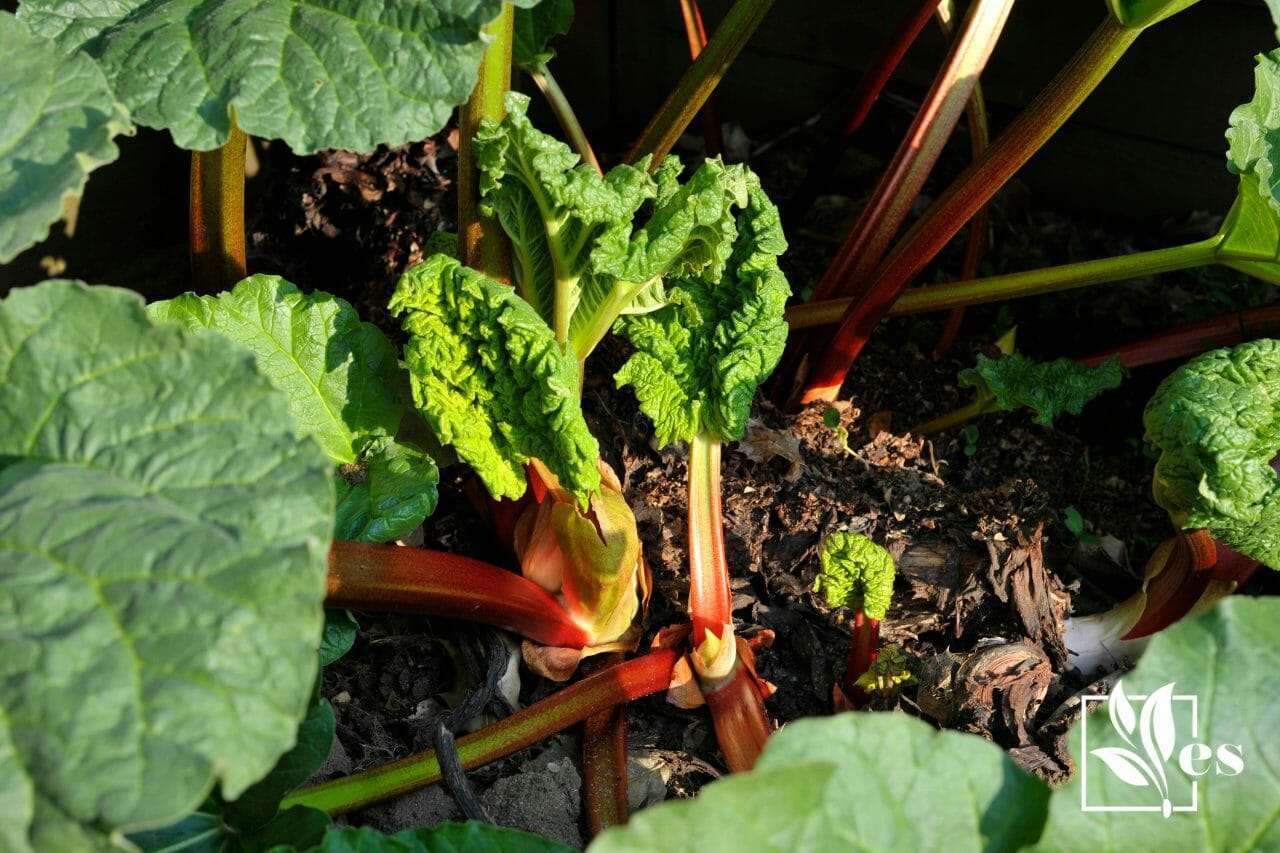Rhubarb is a popular plant grown for its edible stalks. However, there are several other plants that are commonly mistaken for rhubarb due to their similar appearance. As a gardener, it’s important to be able to identify these rhubarb lookalikes to avoid harvesting the wrong plant. In this article, we’ll go over the key characteristics of rhubarb and the most common imposters.
True Rhubarb
Let’s start by outlining the features of true rhubarb (Rheum rhabarbarum):
-
Stalks are greenish-red or red, thick and fleshy.
-
Large green leaves with red veins that are triangular in shape
-
Perennial that dies back in winter and regrows in spring from an underground crown
-
Has a tart, sour taste.
-
Toxic leaves contain oxalic acid and should not be eaten.
-
Used for pies, jams, sauces.
False Rhubarbs
Burdock
One of the most frequent rhubarb imposters is burdock (Arctium lappa). Here’s how to tell them apart:
-
Leaves are very large, green and heart-shaped.
-
Stems are greenish-brown, not red. Edible when young.
-
Biennial plant with a taproot.
-
Very common weed across North America and Europe.
Japanese Knotweed
Japanese knotweed (Reynoutria japonica) is an invasive plant that also resembles rhubarb:
-
Stems are smooth, stout and reddish-brown. Hollow when cut.
-
Leaves are heart or shovel-shaped without red veins.
-
Spreads rapidly via root system to form dense thickets.
-
Considered a noxious weed in many areas.
-
Not edible.
Giant Rhubarb
Giant rhubarb (Gunnera species) gets its name from its massive rhubarb-like leaves:
-
Leaves can grow over 6 feet wide on some species!
-
Rough, hairy texture with red veining on underside.
-
Produces tall, cone-shaped reddish flowers.
-
Requires very moist soil.
-
Toxic, not suitable for eating.
Monk’s Rhubarb
Monk’s rhubarb (Rumex alpinus) belongs to the buckwheat family:
-
Greenish or red stems grow 2-4 feet tall.
-
Wavy edged leaves are more elongated than true rhubarb.
-
Small greenish flowers in clusters.
-
Root has been used medicinally but is not eaten.
As you can see, a number of plants share visual similarities with rhubarb but lack the edible qualities. When foraging, be 100% certain of the plant’s identification before harvesting. If unsure, do not eat any part of the plant. It’s better to pass up an imposter than accidentally ingest a toxic or unpalatable species. With the right knowledge, you’ll be able to easily spot the real rhubarb!
Rhubarb: From Planting To Harvest ❤️
- The Ultimate Guide to Growing Strawberries in Raised Beds - August 8, 2025
- No-Dig Garden Beds: The Easiest Way to Grow a Beautiful Garden - August 6, 2025
- How to Protect and Preserve Wood for Raised Garden Beds - August 6, 2025

